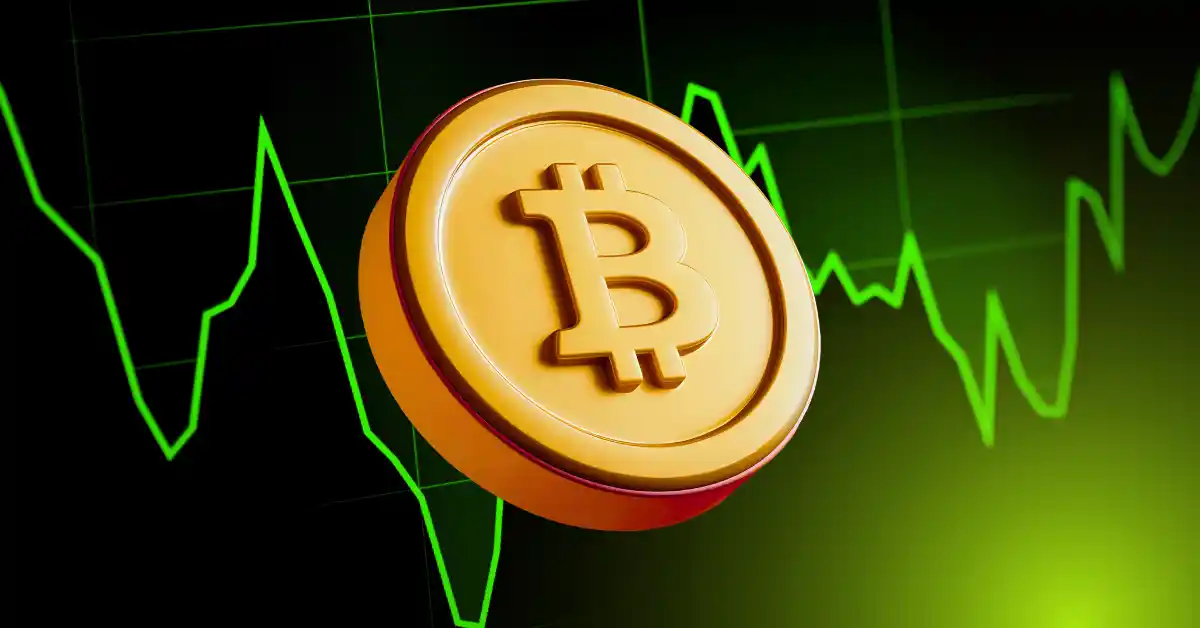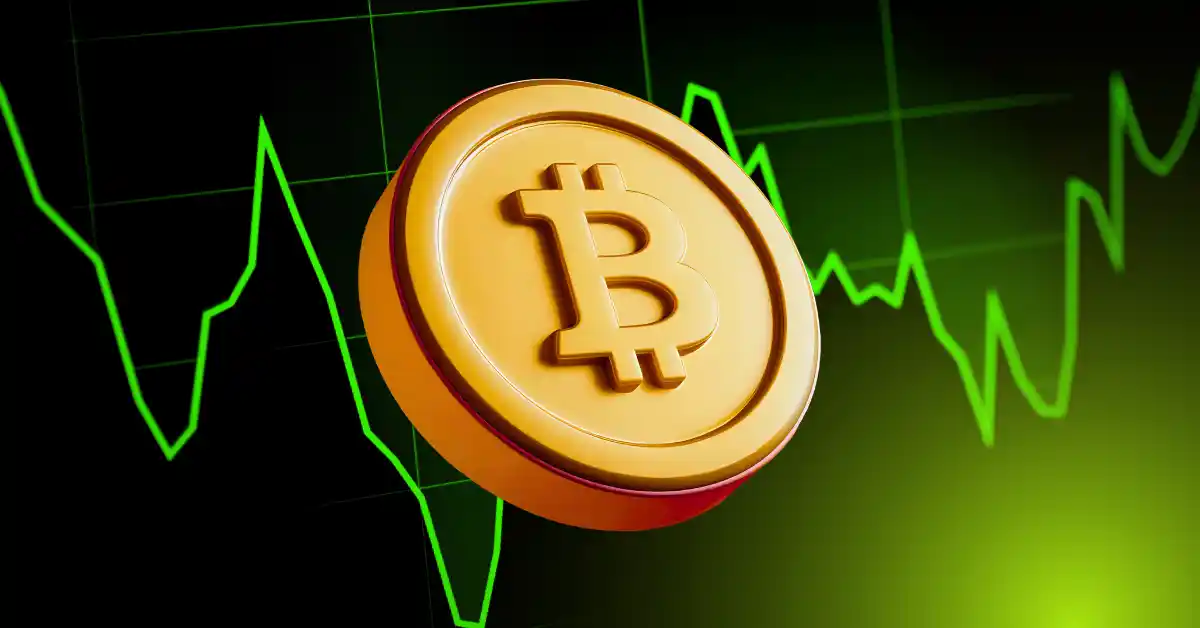The digital currency landscape has been irrevocably altered by the advent of Bitcoin, a decentralized digital asset that has sparked both fervent advocacy and intense scrutiny. Among the many concepts that have emerged in the Bitcoin discourse, “hyperbitcoinization” stands out as a particularly compelling and potentially revolutionary idea. This phenomenon refers to the scenario where Bitcoin transitions from being a speculative asset to becoming the dominant global currency, fundamentally altering the financial systems of the world. The path to hyperbitcoinization is fraught with challenges, but the potential rewards are immense, making it a topic of great interest and debate.
The Concept of Hyperbitcoinization: A Paradigm Shift
Hyperbitcoinization represents a tipping point where Bitcoin’s utility as a medium of exchange, store of value, and unit of account surpasses that of traditional fiat currencies. This transition is not merely about the appreciation of Bitcoin’s price but about a fundamental shift in how value is perceived, stored, and transferred globally. In a hyperbitcoinized world, everyday transactions—from purchasing groceries to paying salaries—would be conducted in Bitcoin. Governments, businesses, and individuals would abandon fiat currencies in favor of Bitcoin, recognizing its superior properties, such as scarcity, decentralization, and resistance to inflation.
The idea of hyperbitcoinization is rooted in the belief that fiat currencies are inherently flawed due to their susceptibility to inflation, manipulation, and debasement. Central banks’ ability to print money at will erodes the purchasing power of fiat currencies, making them unreliable stores of value. In contrast, Bitcoin’s fixed supply of 21 million coins ensures that it cannot be devalued through excessive issuance. This scarcity, combined with its decentralized nature, makes Bitcoin an attractive alternative to fiat currencies, particularly in times of economic instability.
The Drivers of Hyperbitcoinization: A Convergence of Factors
Several interconnected factors could propel the world toward hyperbitcoinization, creating a perfect storm that accelerates Bitcoin’s adoption as the global currency.
1. Economic Instability and Fiat Currency Failures: The ongoing economic instability in many parts of the world has eroded trust in fiat currencies. Central banks’ responses to economic crises, such as quantitative easing and negative interest rates, have led to inflation and currency devaluation. In such an environment, Bitcoin’s fixed supply and decentralized nature make it an appealing alternative. As more people recognize the limitations of fiat currencies, they may increasingly turn to Bitcoin as a hedge against inflation and economic uncertainty.
2. Bitcoin’s Scarcity and Increasing Demand: Bitcoin’s scarcity is one of its most compelling features. With a hard cap of 21 million coins, Bitcoin’s supply is finite, making it a deflationary asset. As demand for Bitcoin grows—driven by institutional adoption, retail investment, and geopolitical uncertainty—the upward pressure on its price increases. This scarcity-driven demand dynamic could accelerate Bitcoin’s adoption as a global currency, particularly as more people seek to protect their wealth from inflation.
3. Technological Advancements and Scalability Solutions: For Bitcoin to function as a global currency, it must be able to handle a high volume of transactions efficiently. While Bitcoin’s base layer is limited in scalability, technological advancements such as the Lightning Network and other layer-2 solutions are addressing this challenge. These innovations enable faster, cheaper, and more scalable transactions, making Bitcoin more practical for everyday use. As these technologies mature, they could remove one of the primary barriers to Bitcoin’s adoption as a medium of exchange.
4. Geopolitical Instability and the Search for Safe Havens: In times of geopolitical tension, Bitcoin’s decentralized and censorship-resistant nature makes it an attractive safe haven asset. As trust in traditional financial institutions wanes, individuals and businesses may increasingly turn to Bitcoin to protect their wealth from government overreach and financial instability. This trend is already evident in countries experiencing hyperinflation or capital controls, where Bitcoin has gained traction as a means of preserving value.
5. Corporate and Institutional Adoption: The growing acceptance of Bitcoin by corporations and institutional investors is a significant driver of hyperbitcoinization. Companies such as MicroStrategy and Tesla have added Bitcoin to their balance sheets, signaling a shift in perception toward Bitcoin as a legitimate asset class. Institutional adoption not only increases demand for Bitcoin but also legitimizes it as a store of value, further accelerating its adoption as a global currency.
The Challenges of Hyperbitcoinization: Obstacles to Overcome
While the prospect of hyperbitcoinization is exciting, several challenges must be addressed before it can become a reality.
1. Scalability and Transaction Speed: Despite advancements in layer-2 solutions, Bitcoin’s base layer remains limited in its ability to process transactions quickly and cheaply. For Bitcoin to function as a global currency, it must be able to handle millions of transactions per second without compromising decentralization or security. Achieving this balance is a significant challenge that will require ongoing innovation and development.
2. Regulatory Uncertainty and Government Resistance: Governments and regulatory bodies around the world are still grappling with how to approach Bitcoin. Some countries have embraced it, while others have imposed strict regulations or outright bans. This regulatory uncertainty could hinder Bitcoin’s adoption as a global currency, as businesses and individuals may be reluctant to engage with an asset that is subject to sudden changes in legal status.
3. Energy Consumption and Environmental Concerns: Bitcoin mining is an energy-intensive process, raising concerns about its environmental impact. As the demand for Bitcoin grows, so does the energy consumption associated with mining. Addressing these environmental concerns is crucial for Bitcoin’s long-term sustainability and acceptance as a global currency. Efforts to transition to renewable energy sources for mining and to improve mining efficiency could help mitigate these concerns.
4. Volatility and Price Stability: Bitcoin’s price volatility is a significant barrier to its adoption as a medium of exchange. Businesses and individuals are hesitant to use a currency that can fluctuate wildly in value, making it difficult to plan and budget. Reducing volatility will require greater liquidity, institutional adoption, and the development of stablecoin solutions that are pegged to Bitcoin’s value.
5. Security Risks and Custodial Solutions: The security of Bitcoin exchanges and wallets remains a concern, as hacking and theft incidents have eroded trust in the system. Developing robust custodial solutions and improving the security of Bitcoin infrastructure is essential for building confidence in Bitcoin as a global currency.
The Implications of Hyperbitcoinization: A Transformed Financial Landscape
If hyperbitcoinization were to occur, the implications would be profound, reshaping the global financial landscape in numerous ways.
1. Decentralization and Financial Sovereignty: Hyperbitcoinization would usher in a new era of decentralization, where individuals and businesses have greater control over their financial assets. Central banks would lose their monopoly on money creation, and governments would be forced to adopt more responsible fiscal policies. This shift could lead to greater financial sovereignty and reduced government overreach.
2. Reduced Inflation and Preservation of Purchasing Power: With a fixed supply of 21 million coins, Bitcoin would provide a natural hedge against inflation. Unlike fiat currencies, which can be devalued through excessive printing, Bitcoin’s scarcity ensures that its purchasing power is preserved over time. This could lead to greater economic stability and reduced wealth inequality.
3. Increased Financial Inclusion: Bitcoin could provide access to financial services for billions of people who are currently unbanked or underbanked, particularly in developing countries. By enabling peer-to-peer transactions without the need for intermediaries, Bitcoin could empower individuals to participate in the global economy, regardless of their geographic location or socioeconomic status.
4. Greater Economic Freedom and Censorship Resistance: Bitcoin’s decentralized and censorship-resistant nature would protect individuals from government overreach and allow them to transact freely without fear of interference. This could lead to greater economic freedom and innovation, as individuals and businesses are no longer constrained by arbitrary regulations or capital controls.
5. A More Efficient Global Economy: Bitcoin could streamline international trade and reduce transaction costs, making the global economy more efficient and interconnected. By eliminating the need for intermediaries such as banks and payment processors, Bitcoin could facilitate faster and cheaper cross-border transactions, fostering greater economic cooperation and growth.
Conclusion: The Path Forward
Hyperbitcoinization is not an inevitability, but it is a possibility that warrants serious consideration. The drivers of hyperbitcoinization—economic instability, Bitcoin’s scarcity, technological advancements, geopolitical uncertainty, and institutional adoption—are powerful and growing. However, the challenges—scalability, regulatory uncertainty, energy consumption, volatility, and security risks—are significant and must be addressed for hyperbitcoinization to become a reality.
The slow creation of new bitcoins makes the cryptocurrency sensitive to demand, as there is no readily available supply to meet increasing demand. This dynamic could accelerate hyperbitcoinization, as more people seek to acquire Bitcoin in anticipation of its growing utility as a global currency. However, there will come a point where the increasing purchasing power of Bitcoin must be measured in terms of goods and services, rather than fiat currencies.
Ultimately, the path to hyperbitcoinization will depend on the collective efforts of the Bitcoin community, policymakers, and the broader global economy. Innovation, collaboration, and a willingness to embrace change will be essential in overcoming the challenges and realizing the potential of hyperbitcoinization. As Bitcoin continues to evolve and mature, it has the potential to reshape the global financial landscape, ushering in a new era of financial freedom, prosperity, and economic empowerment. Whether hyperbitcoinization is a hope or a hype remains to be seen, but its potential to transform the world cannot be ignored.












